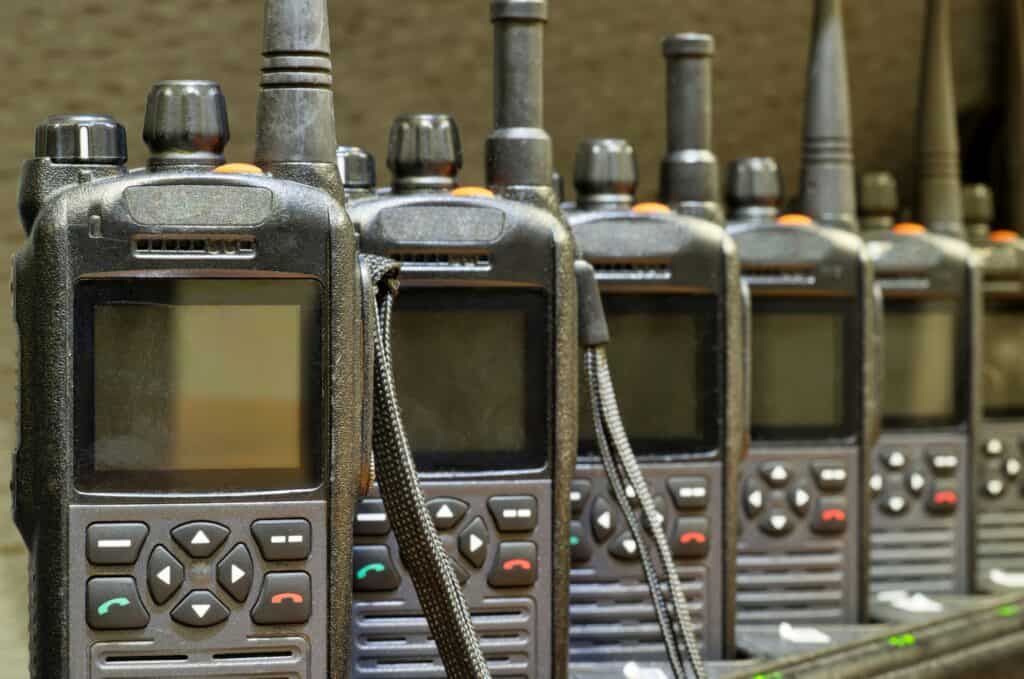In today's fast-paced world, communication plays a vital role in connecting people across distances. With the advent of technology, radio and telephone have emerged as two prominent means of communication. Both have their unique features and advantages, but which one is a better means of communication? In this article, we will delve into the intricacies of radio and telephone, comparing their functionalities, reach, reliability, and impact on society.
- Functionality:
Radio:
Radio communication relies on the transmission of electromagnetic waves through the air. It allows for the broadcasting of information, such as news, music, and entertainment, to a wide audience simultaneously. Radio waves can travel long distances, making it an effective medium for mass communication.
Telephone:
Telephone communication, on the other hand, involves the transmission of voice signals through wired or wireless networks. It enables direct, real-time conversations between individuals, facilitating personal and business interactions. Telephones offer privacy and the ability to convey emotions through voice, making it a preferred choice for interpersonal communication.
- Reach:
Radio:
One of the key advantages of radio communication is its extensive reach. Radio signals can cover vast areas, including remote regions where other means of communication may be limited. This makes radio an invaluable tool for disseminating information to a wide audience, especially in times of emergencies or natural disasters.
Telephone:
While telephones may not have the same wide-reaching capabilities as radio, they excel in providing direct and immediate communication. With the proliferation of mobile phones, telephone networks have expanded their coverage, making it accessible to a large portion of the global population. Telephones enable individuals to connect with anyone, anywhere, at any time, fostering personal connections and facilitating business transactions.
- Reliability:
Radio:
Radio communication is known for its reliability, especially in situations where other communication channels may fail. Radio signals can penetrate obstacles like buildings and mountains, ensuring uninterrupted transmission. Additionally, radio stations often have backup power sources, ensuring continuous broadcasting even during power outages.
Telephone:
Telephones are generally considered reliable, provided there is a stable network connection. However, they can be susceptible to network congestion, signal interference, or technical issues. Despite these occasional drawbacks, telephone communication has significantly improved over the years, with advancements in network infrastructure and signal quality.
- Impact on Society:
Radio:
Radio has had a profound impact on society, serving as a source of entertainment, information, and cultural exchange. It has played a crucial role in shaping public opinion, disseminating news, promoting music, and fostering a sense of community. Radio has been instrumental in connecting people, especially in regions with limited access to other forms of media.
Telephone:
The telephone revolutionized communication by enabling instant, personal connections across distances. It has transformed the way individuals interact, conduct business, and maintain relationships. Telephones have become an integral part of our daily lives, empowering individuals to stay connected, seek help in emergencies, and bridge geographical barriers.
Conclusion:
In the battle of communication, both radio and telephone have their unique strengths and applications. Radio excels in mass communication, wide coverage, and reliability during emergencies. On the other hand, the telephone offers direct, real-time communication, fostering personal connections and facilitating immediate interactions. Ultimately, the choice between radio and telephone depends on the specific communication needs and circumstances. Embracing both mediums can ensure a comprehensive and effective communication strategy in today's interconnected world.


More Stories
Performance, Application Scenarios and Selection of External Panel Materials for Outdoor Mobile Shelters
5 Game-Changing Tips to Supercharge Your Home Theater with a Universal Projector Remote
High-Efficiency Automotive Power MOSFETs Optimized for Electric and Hybrid Vehicles’ Powertrain Systems